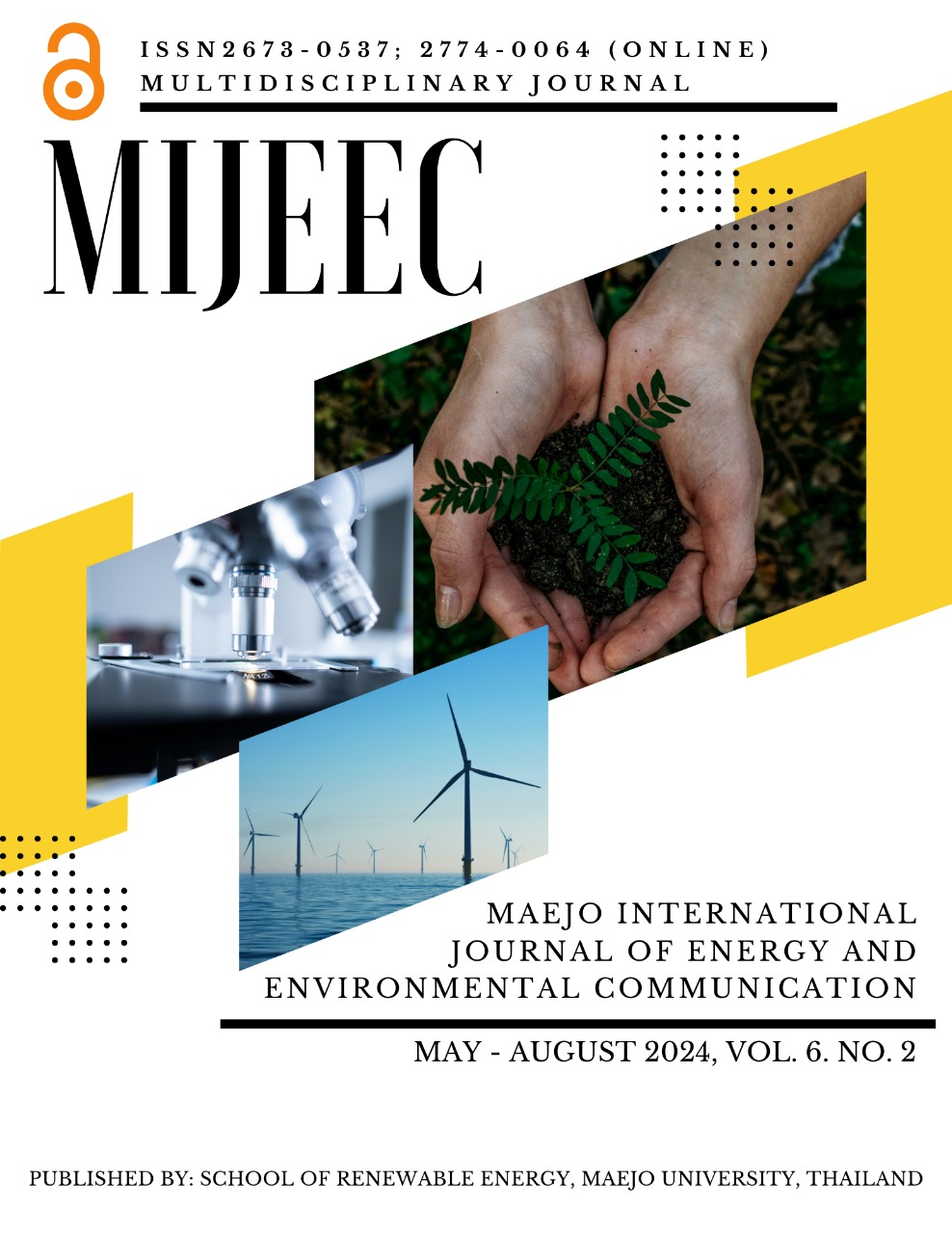Early-warning modeling of water blooms using machine learning algorithm
Main Article Content
Abstract
Many environmental studies have implemented machine learning methods, including water bloom prediction. However, the need for robustness and generalization of models across different environmental conditions and geographical locations is urgent. This study implements. The Random Forest algorithm to develops a predictive model for water bloom occurrences. Using a classification model, it is a novel approach for predicting water bloom occurrences across various freshwater bodies, from reservoirs to lakes. The model demonstrates an overall accuracy of 0.74 for predicting the water blooms from multiple freshwater sources, including Inba Swamp, Takizawa Dam, Shourenji Dam, and Kasumigaura, using surveillance data from Japan Water Agency websites. The promising accuracy and intentionally introduced one-month lag of water bloom occurrence in the constructed database shows its effectiveness in anticipating water blooms. The Out-Of- Bag error rate suggests the optimal number of trees to grow in the model is 500 for space and time efficiency. Cross-validation across multiple sampling sites reveals nuanced prediction accuracies, emphasizing the importance of considering spatial variability. Predictor importance analysis identifies chlorophyll a, total nitrogen, total phosphorus, and temperature as crucial factors, with the importance of 0.18, 0.04, 0.02, and 0.02, respectively. It does not only contribute to the accuracy of the prediction model but also provides insights into the underlying dynamics of water bloom events, enhancing the understanding of water bloom dynamics and informing proactive environmental management strategies.
Article Details

This work is licensed under a Creative Commons Attribution-NonCommercial-NoDerivatives 4.0 International License.
Copyright © 2019 MIJEEC - Maejo International Journal of Energy and Environmental Communication, All rights reserved. This is an open-access article distributed under the terms of the Creative Commons Attribution-NonCommercial- Attribution 4.0 International (CC BY 4.0) License






